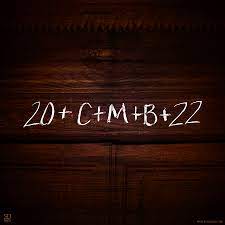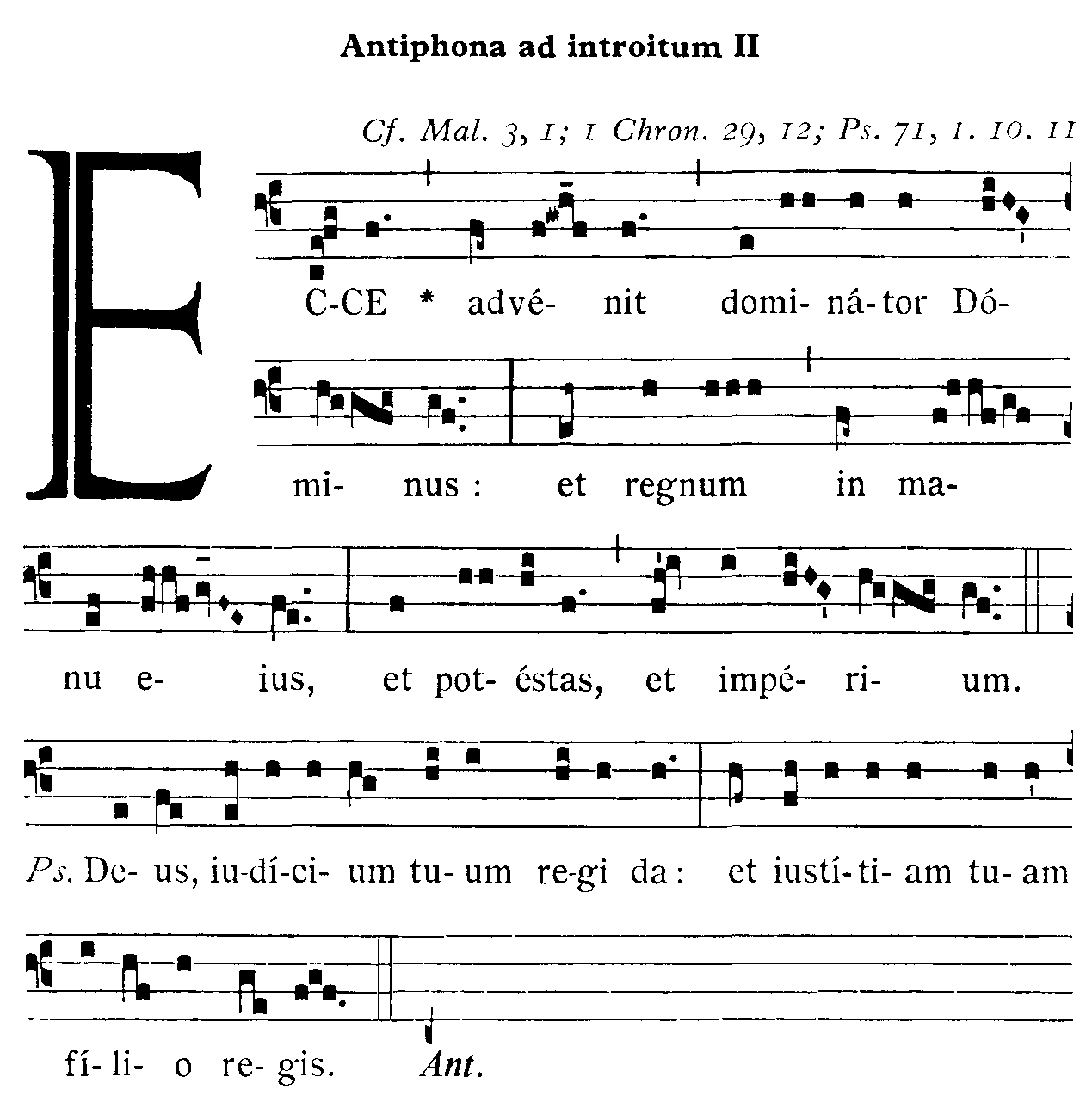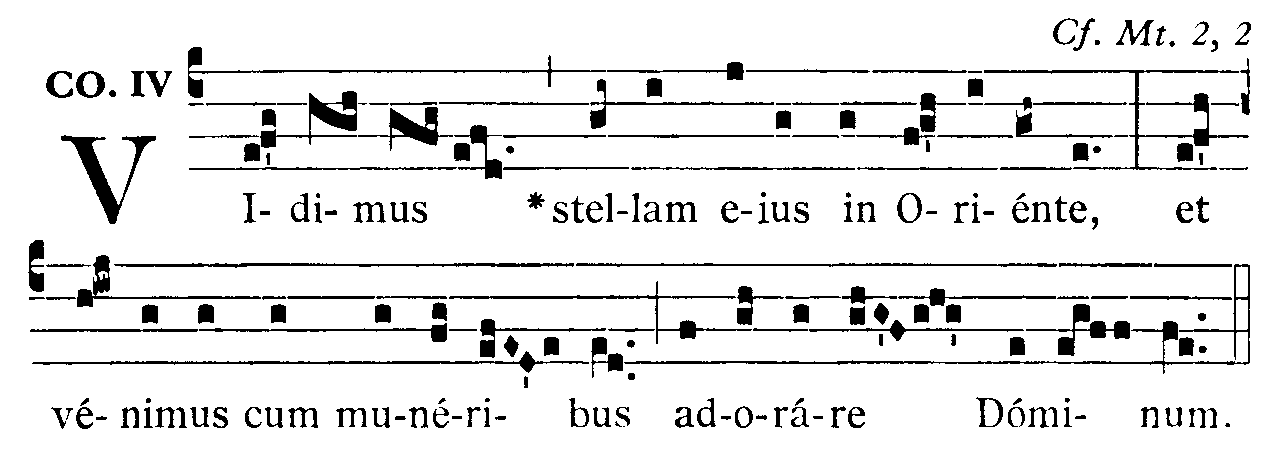Denis Crouan, the French founder and president (since 1988 or so) of the organization Pro Liturgia, which promotes “the Mass as Vatican II truly intended it”, with Latin, chant, ad orientem, etc., has declared such efforts to be a “waste of time”, and thrown in the towel. This article (original en français ici) is his Final Message on the site, although he states that its activities will continue in a different form on another site.
In order to get away from this ecclesial situation, which has become delirious and toxic to the point of harming inner peace and the Catholic faith, it has been decided to put an end to the “adventure” of Pro Liturgia. The current situation has no future and is kept up by a partly unstable clergy and laity that have accepted to be so disoriented that they no longer question what they are made to do during the Mass. As such, this situation demands such a decision of us.
The watchword of our bishops is that Masses should be entrusted neither to “traditionalists” nor to the faithful who respect the decisions of Vatican II on liturgy, but only to those who abuse divine worship. Therefore, to try to have a conversation with these mitred pastors, with their impenetrable way of thinking, is a waste of time (and sometimes even of faith).Pour se détacher de cette situation ecclésiale devenue délirante et toxique au point de nuire à la paix intérieure et à la foi catholique, il a été décidé de mettre un terme à l’«aventure» de Pro Liturgia. La situation actuelle et sans avenir, entretenue par un clergé en partie erratique et des laïcs qui ont accepté d’être déboussolés au point de ne plus s’interroger sur ce qu’on leur fait faire au cours des messes, l’exige.
Le mot d’ordre de nos évêques est qu’il ne faut confier de messes ni aux “traditionalistes” ni aux fidèles qui respectent les décisions de Vatican II en matière de liturgie mais uniquement à ceux qui malmènent le culte divin. Par conséquent, essayer de discuter avec ces pasteurs mitrés dont la logique est impénétrable fait perdre du temps (et parfois même la foi).



